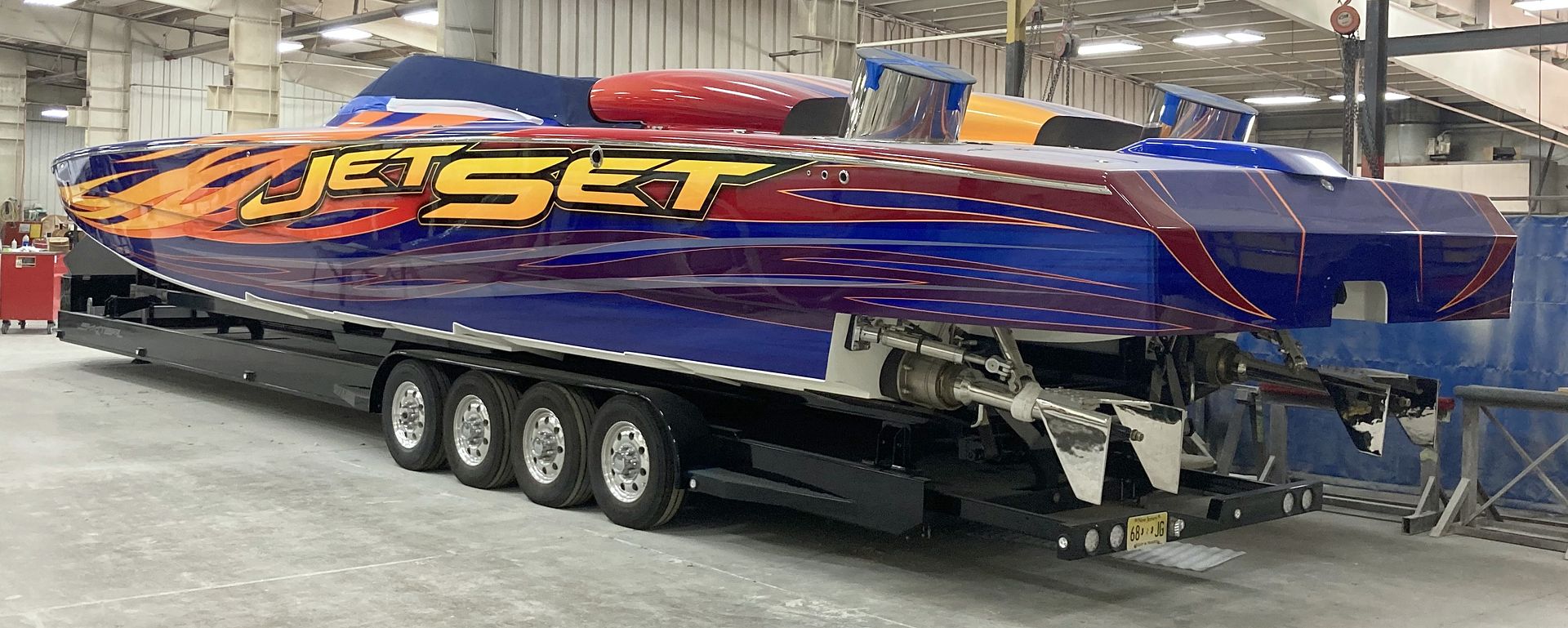Ratickle
Founding Member / Super Moderator
Bounty’s final hours: a ‘haze of war’
Posted on 28 February 2013
Written by Jim Flannery
A Coast Guard hearing on the sinking of the Bounty convenes in February.
The investigation into the sinking of the tall ship Bounty during Hurricane Sandy is far from complete, but documents obtained by Soundings shed some light on her night-long struggle to survive against overwhelming odds.
The 180-foot wooden ship went down 90 miles southeast of Hatteras, N.C., Oct. 29, her fate sealed by engine and generator failures that left her adrift through the night without enough power to pump out the seawater leaking into her bilge. Settling lower and lower in the water, Bounty struggled until about 4:30 a.m., when she rolled on her side in a large wave, throwing overboard her 16 crewmembers, already bundled in survival suits and abandoning ship.
Thirteen of them made their way to 25-person life rafts and a 14th remained in the water until about 6 a.m., when two Coast Guard helicopters from Elizabeth City, N.C., plucked all of them from 18-foot seas in rescue baskets.
Two other crewmembers died: Capt. Robin Walbridge, 63, Bounty’s master of 17 years, and Claudene Christian, 42, great-great-great-great-great-granddaughter of Fletcher Christian, the mate who seized command from Capt. William Bligh in the 1789 mutiny aboard the HMS Bounty, on whose design the tall ship was based. The Coast Guard recovered Christian’s body later in the day. Walbridge remained missing after an exhaustive search.
The Coast Guard convenes a formal hearing Feb. 12-21 at the Renaissance Portsmouth Hotel and Waterfront Conference Center in Portsmouth, Va., to gather facts and ultimately make recommendations to improve the safety and operation of other tall ships. The National Transportation Safety Board is also participating in the investigation.
The documents acquired by Soundings through a freedom of information request detail the search-and-rescue operation. What follows are edited excerpts from 256 pages of transcripts of email and radio transmissions between the Coast Guard, the Bounty and Bounty’s owners, and Coast Guard situation reports and search records.
Bounty’s crew and home base, as well as Coast Guard aircraft crews, watchstanders and command staff, wrestled with the unfolding tragedy on the night of Oct. 28 and early the next morning in what one Coast Guard observer described as the “haze of war.”
Full Story
Bounty
Posted on 28 February 2013
Written by Jim Flannery
A Coast Guard hearing on the sinking of the Bounty convenes in February.
The investigation into the sinking of the tall ship Bounty during Hurricane Sandy is far from complete, but documents obtained by Soundings shed some light on her night-long struggle to survive against overwhelming odds.
The 180-foot wooden ship went down 90 miles southeast of Hatteras, N.C., Oct. 29, her fate sealed by engine and generator failures that left her adrift through the night without enough power to pump out the seawater leaking into her bilge. Settling lower and lower in the water, Bounty struggled until about 4:30 a.m., when she rolled on her side in a large wave, throwing overboard her 16 crewmembers, already bundled in survival suits and abandoning ship.
Thirteen of them made their way to 25-person life rafts and a 14th remained in the water until about 6 a.m., when two Coast Guard helicopters from Elizabeth City, N.C., plucked all of them from 18-foot seas in rescue baskets.
Two other crewmembers died: Capt. Robin Walbridge, 63, Bounty’s master of 17 years, and Claudene Christian, 42, great-great-great-great-great-granddaughter of Fletcher Christian, the mate who seized command from Capt. William Bligh in the 1789 mutiny aboard the HMS Bounty, on whose design the tall ship was based. The Coast Guard recovered Christian’s body later in the day. Walbridge remained missing after an exhaustive search.
The Coast Guard convenes a formal hearing Feb. 12-21 at the Renaissance Portsmouth Hotel and Waterfront Conference Center in Portsmouth, Va., to gather facts and ultimately make recommendations to improve the safety and operation of other tall ships. The National Transportation Safety Board is also participating in the investigation.
The documents acquired by Soundings through a freedom of information request detail the search-and-rescue operation. What follows are edited excerpts from 256 pages of transcripts of email and radio transmissions between the Coast Guard, the Bounty and Bounty’s owners, and Coast Guard situation reports and search records.
Bounty’s crew and home base, as well as Coast Guard aircraft crews, watchstanders and command staff, wrestled with the unfolding tragedy on the night of Oct. 28 and early the next morning in what one Coast Guard observer described as the “haze of war.”
Full Story
Bounty
